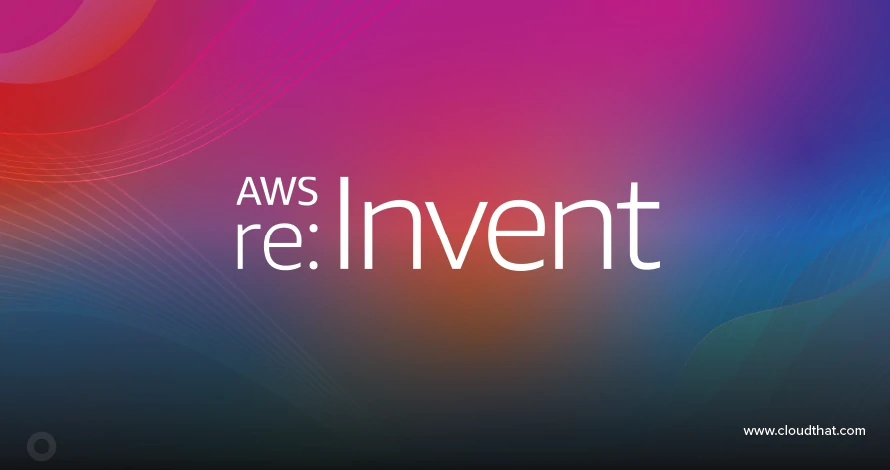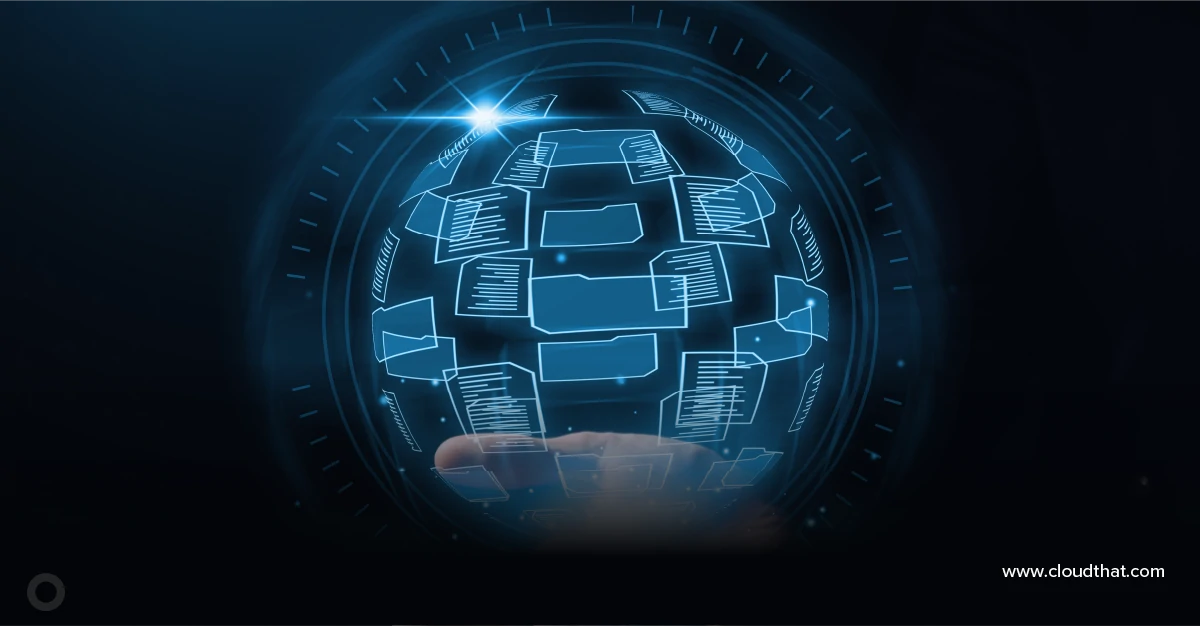|
Voiced by Amazon Polly |
Overview
In the rapidly evolving landscape of Artificial Intelligence, particularly with the rise of powerful Large Language Models (LLMs), the need for seamless integration with external data sources and tools has become paramount. The Model Context Protocol (MCP) emerges as a promising open standard to address this need. Think of it as a universal translator and connector for AI. It provides a standardized way for AI applications to interact with the vast ecosystem of information and capabilities available beyond their training data. This blog post will delve into the intricacies of MCP, exploring its working mechanism, key components, advantages, potential use cases, and why it’s generating significant buzz in the AI community.
Empowering organizations to become ‘data driven’ enterprises with our Cloud experts.
- Reduced infrastructure costs
- Timely data-driven decisions
Introduction
The recent advancements in LLMs have unlocked unprecedented possibilities across various domains, from content generation and code completion to sophisticated chatbots and complex reasoning tasks. However, the true potential of these models is often limited by their inherent reliance on their training data. To overcome this limitation and make AI more practical and impactful, the ability to connect LLMs with real-time information, specialized tools, and external services is crucial.
Traditionally, integrating AI applications with external resources has been a fragmented and often cumbersome process. Developers have had to build custom integrations for each specific tool or API, leading to complexity, increased development time, and reduced reusability. The Model Context Protocol (MCP) aims to revolutionize this by providing a standardized framework for these interactions. Introduced by Anthropic, MCP seeks to establish a common language and set of rules that AI applications and external systems can adhere to, fostering a more interconnected and efficient AI ecosystem.
How Model Context Protocol Works?
The Model Context Protocol operates on a client-server architecture, facilitating communication between an MCP host (the AI application) and one or more MCP servers (external data sources or tools). Here’s a closer look at the key components and the interaction flow:
- MCP Host (Client): This is typically the AI application or agent that wants to access external information or utilize a specific tool. Examples include AI-powered IDEs, chatbots, or custom AI workflows. The host initiates the communication by sending requests to MCP servers.
- MCP Server: This lightweight program exposes specific capabilities or data through the standardized MCP interface. A single host can connect to multiple servers simultaneously. Servers act as intermediaries, securely accessing local data sources (like files or databases) or remote services (via web APIs) and presenting them in a format understandable by the MCP host.
- MCP Protocol: This defines the rules and specifications for communication between hosts and servers. It dictates the structure of requests and responses, ensuring interoperability. The protocol is based on a well-defined schema, promoting implementation clarity and consistency.
- Capabilities: MCP allows servers to advertise their specific functionalities or the types of data they can provide. This enables the host to discover and utilize the available resources effectively. For instance, a server might advertise the capability to “read files,” “execute code,” or “retrieve weather information.”
- Actions and Resources: A host and server interaction revolves around “actions” and “resources.” The host requests the server perform a specific action (e.g., read a file, execute a search) on a particular resource (e.g., a specific file path or search query).
- User Consent and Control: A fundamental aspect of MCP is its emphasis on security and user privacy. Explicit user consent is required before an AI application can access data or perform actions. This ensures transparency and gives users control over what information is shared and what operations are executed on their behalf. The protocol mandates clear user interfaces for reviewing and authorizing activities.
The communication flow of the MCP is as follows:
- Discovery: The MCP host might first discover available servers and their capabilities.
- Request: The host formulates a request according to the MCP protocol, specifying the desired action and the relevant resource. This request is sent to the appropriate MCP server.
- Authorization: The user is prompted to review and authorize the requested action and data access.
- Processing: The MCP server receives the request, verifies authorization, and then interacts with the underlying data source or tool to fulfill the request.
- Response: The server responds back to the host, again adhering to the MCP protocol. This response could contain the requested data, the result of an action, or an error message.
Advantages of MCP
The Model Context Protocol offers several compelling advantages that contribute to its growing popularity:
- Standardization: MCP introduces a unified way for AI applications to interact with external resources, eliminating the need for custom integrations and fostering greater interoperability within the AI ecosystem.
- Simplified Development: Developers can leverage the standardized protocol to connect their AI models more easily with various tools and data sources, reducing development time and complexity.
- Increased Reusability: Once an MCP server is built for a specific tool or data source, it can be readily used by multiple AI applications that support the protocol.
- Enhanced Security and Trust: The built-in user consent and control mechanisms ensure that data access and actions are transparent and authorized, promoting user trust in AI applications.
- Flexibility and Extensibility: MCP is designed to be flexible, allowing integration with various data sources and tools. Its open nature facilitates extensibility and the addition of new capabilities over time.
- Improved AI Capabilities: By providing LLMs with access to real-time information and specialized tools, MCP significantly enhances their capabilities, making them more practical and effective for real-world applications.
- Faster Innovation: By streamlining the integration process, MCP can accelerate the development and deployment of innovative AI-powered solutions.
Use Cases
The potential applications of the Model Context Protocol are vast and span various industries and domains. Here are a few illustrative use cases:
- AI-Powered IDEs: An AI assistant within a code editor could use MCP to access project files, interact with version control systems (like Git), run code, and fetch relevant documentation, all through standardized MCP servers.
- Custom AI Workflows: Organizations can build custom AI workflows where different AI agents and specialized tools communicate and collaborate seamlessly using MCP, automating complex tasks and processes.
- Enhanced Productivity Tools: Applications like note-taking apps or project management software can integrate AI features that use MCP to access and process information from various sources, improving user productivity.
- Data Analysis and Visualization: AI tools for data analysis could utilize MCP to connect to different databases, cloud storage services, and APIs to gather and process data, generating insights and visualizations.
- Personalized AI Assistants: Personal AI assistants could use MCP to access personal files, calendars, emails, and other data sources (with user consent) to provide more tailored and context-aware assistance.
- Intelligent Chatbots: Chatbots can leverage MCP to access real-time information (e.g., weather updates and stock prices), look up information in knowledge bases, or even trigger actions in other applications, providing more comprehensive and dynamic support.
Conclusion
As the adoption of LLMs continues to grow, the need for seamless and secure integrations will only intensify, positioning MCP as a crucial technology in shaping the future of artificial intelligence. While still in its early stages, the momentum behind MCP suggests a transformative impact on how we build and interact with AI in the future.
Drop a query if you have any questions regarding Model Context Protocol and we will get back to you quickly.
Pioneers in Cloud Consulting & Migration Services
- Reduced infrastructural costs
- Accelerated application deployment
About CloudThat
CloudThat is an award-winning company and the first in India to offer cloud training and consulting services worldwide. As a Microsoft Solutions Partner, AWS Advanced Tier Training Partner, and Google Cloud Platform Partner, CloudThat has empowered over 850,000 professionals through 600+ cloud certifications winning global recognition for its training excellence including 20 MCT Trainers in Microsoft’s Global Top 100 and an impressive 12 awards in the last 8 years. CloudThat specializes in Cloud Migration, Data Platforms, DevOps, IoT, and cutting-edge technologies like Gen AI & AI/ML. It has delivered over 500 consulting projects for 250+ organizations in 30+ countries as it continues to empower professionals and enterprises to thrive in the digital-first world.
FAQs
1. Is MCP secure?
ANS: – Yes, security is a core principle of MCP, with built-in mechanisms for user consent and control over data access and actions.
2. How does MCP differ from traditional APIs?
ANS: – While traditional APIs serve various integration purposes, MCP is specifically designed for the needs of modern AI agents, focusing on actions, resources, and user consent within an AI context.

WRITTEN BY Yaswanth Tippa
Yaswanth is a Data Engineer with over 4 years of experience in building scalable data pipelines, managing Azure and Databricks platforms, and leading data governance initiatives. He specializes in designing and optimizing enterprise analytics solutions, drawing on his experience supporting multiple clients across diverse industries. Passionate about knowledge sharing, Yaswanth writes about real-world challenges, architectural best practices, and lessons learned from delivering robust, data-driven products at scale.


 Login
Login


 May 5, 2025
May 5, 2025 PREV
PREV










Comments